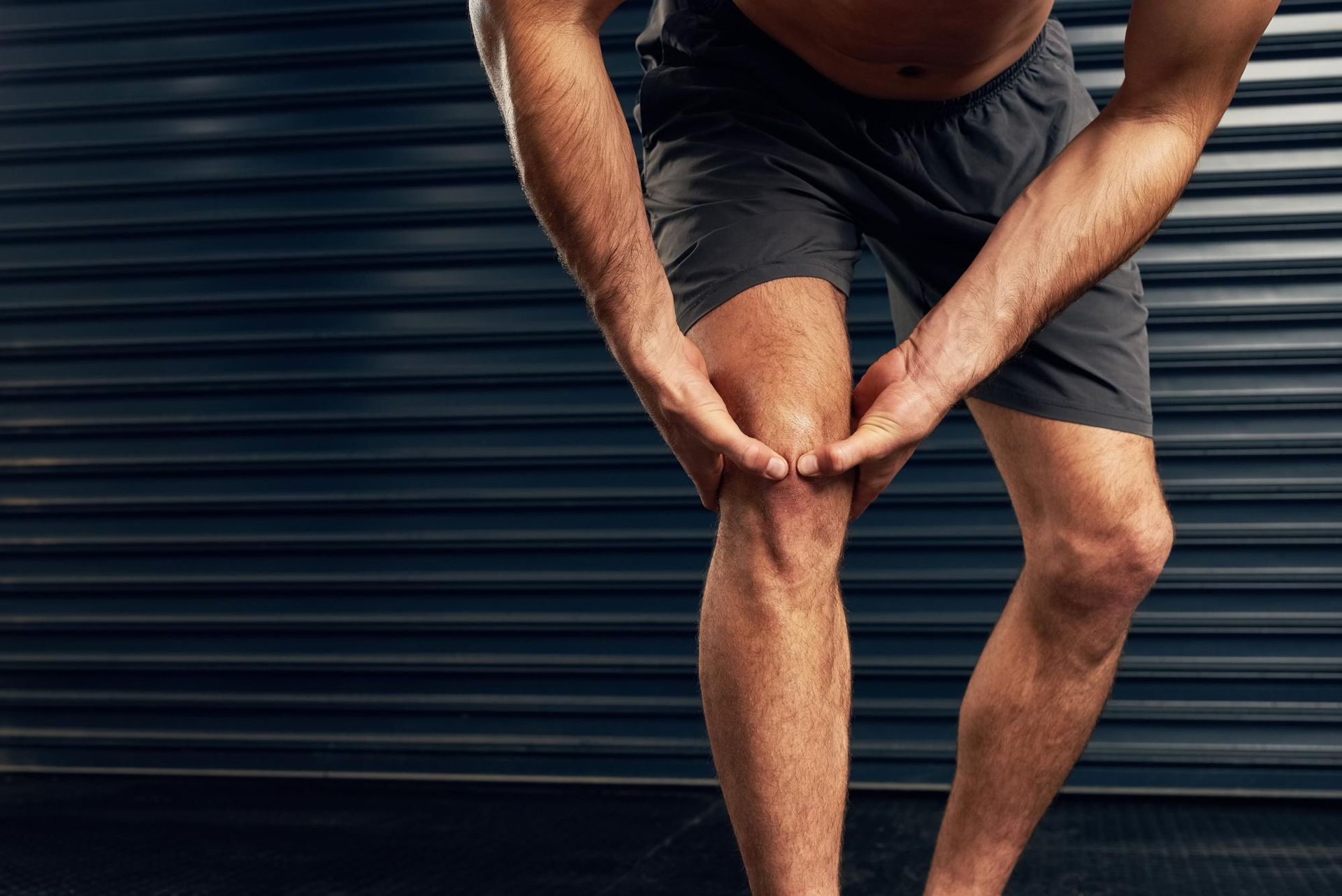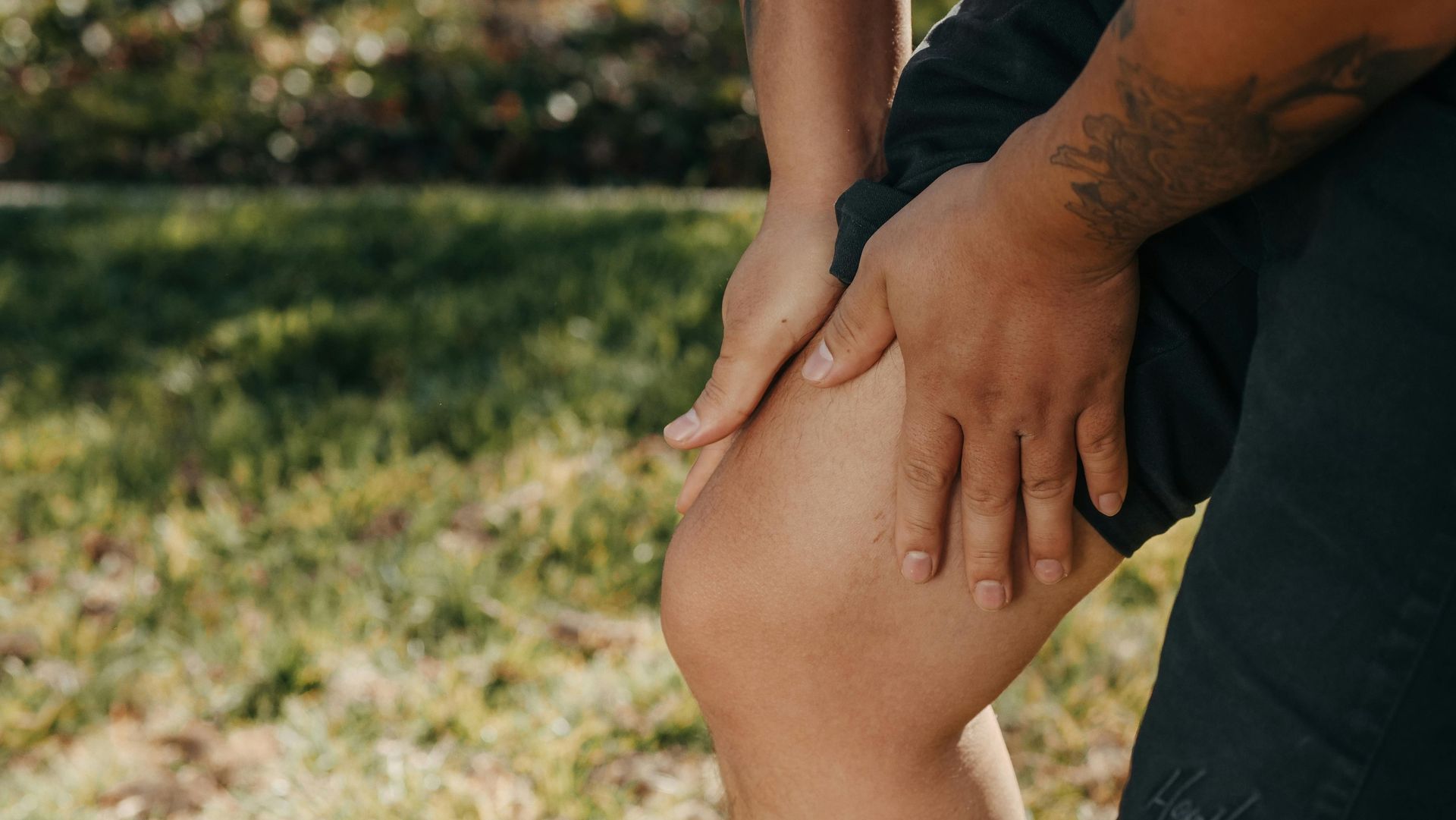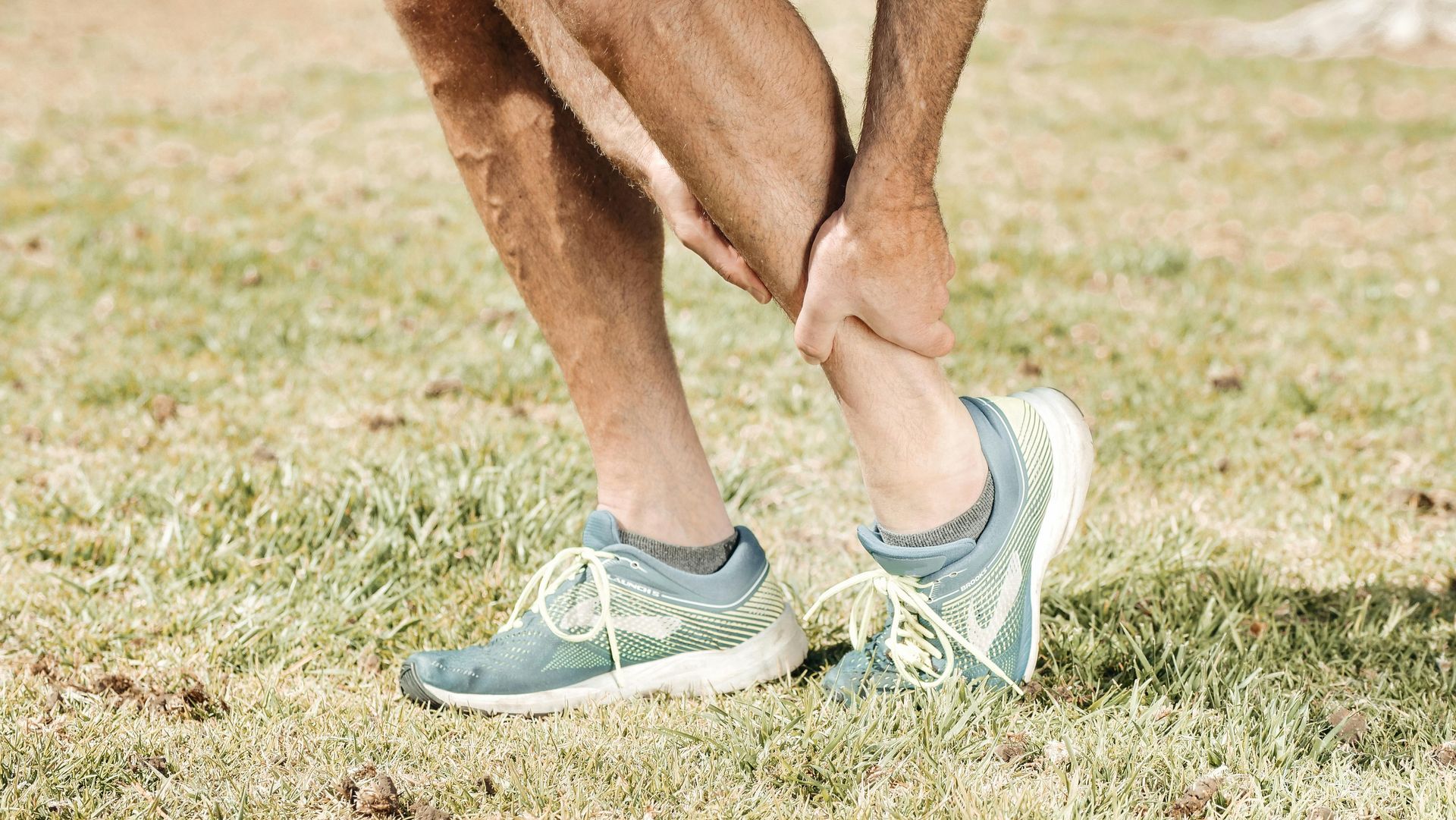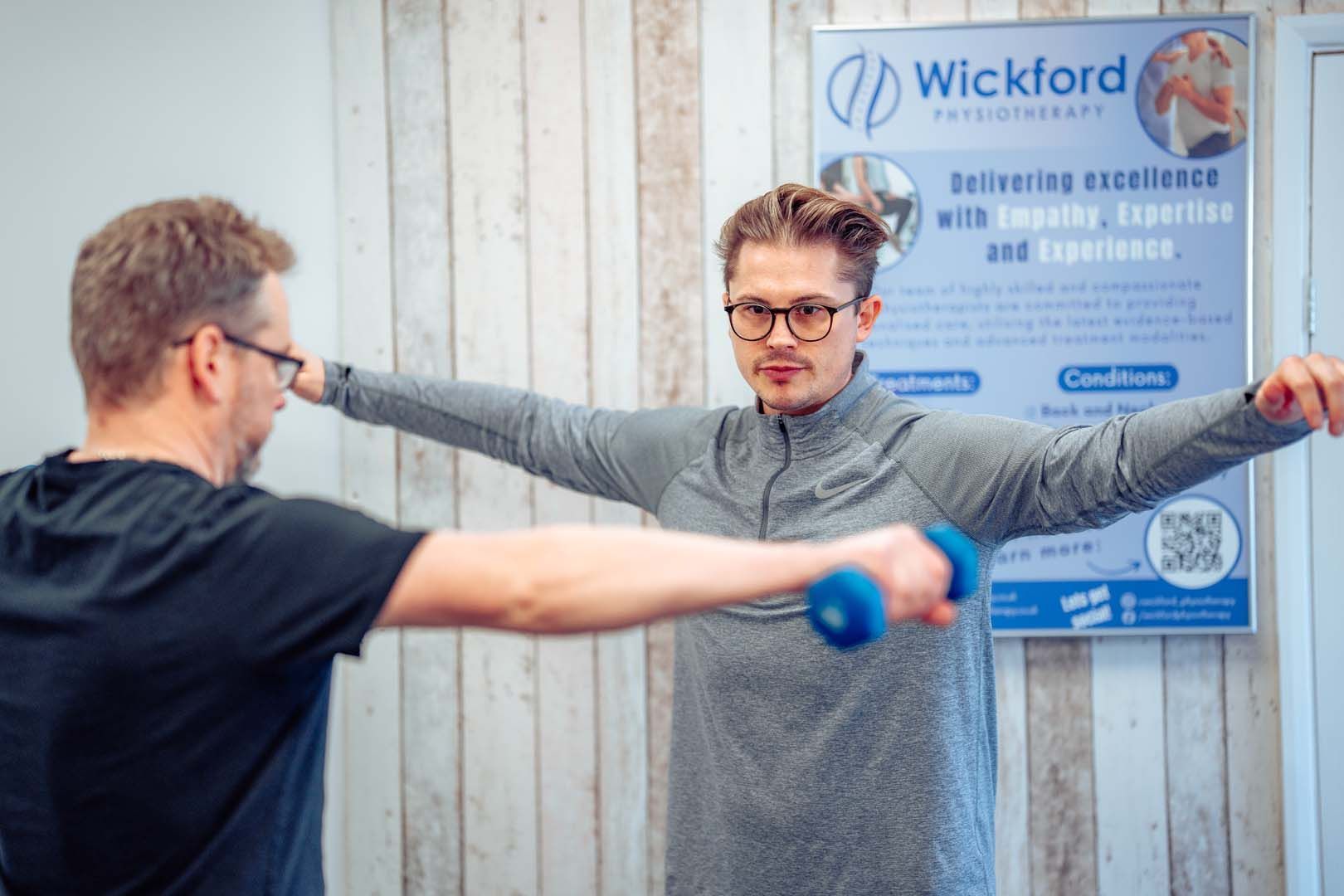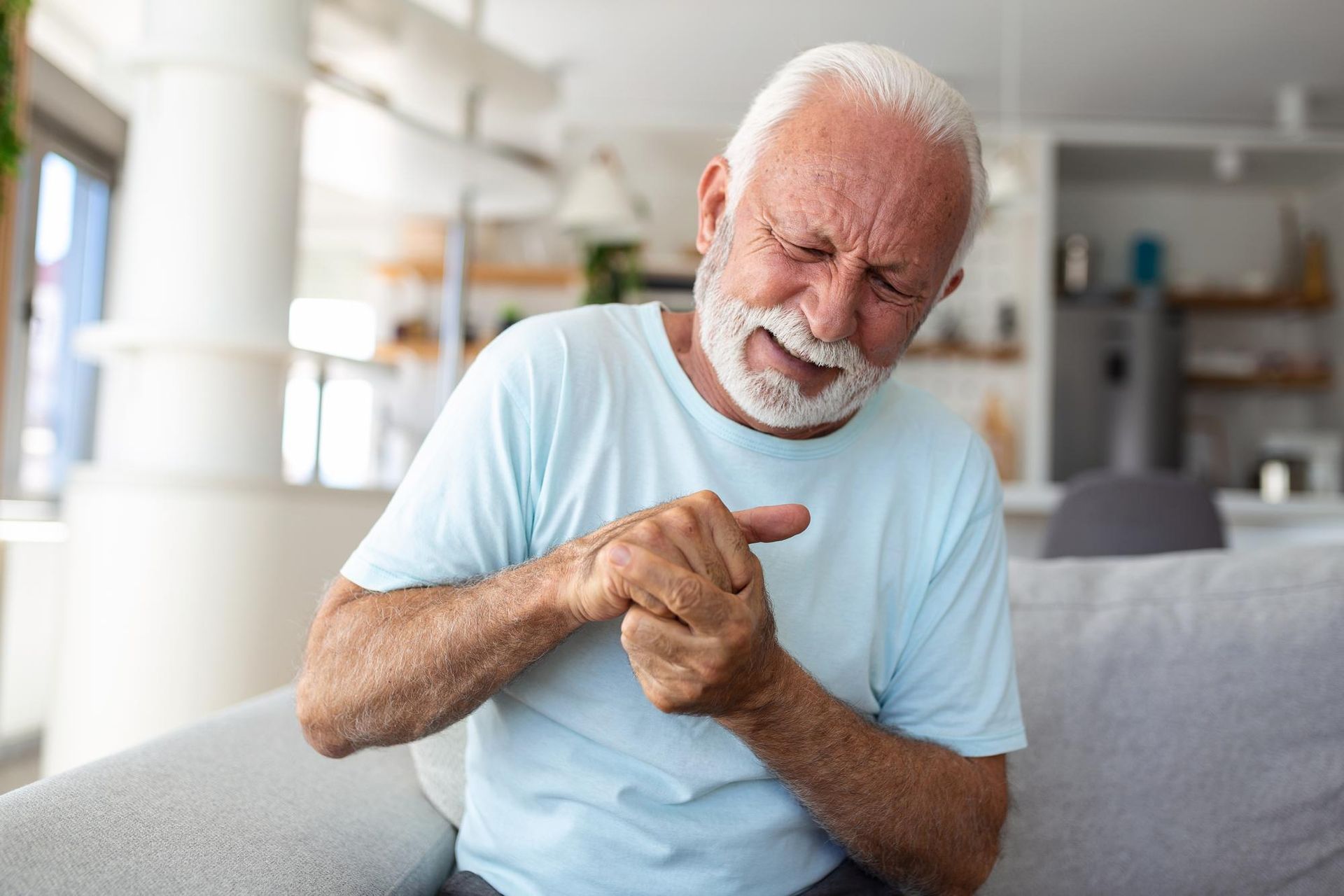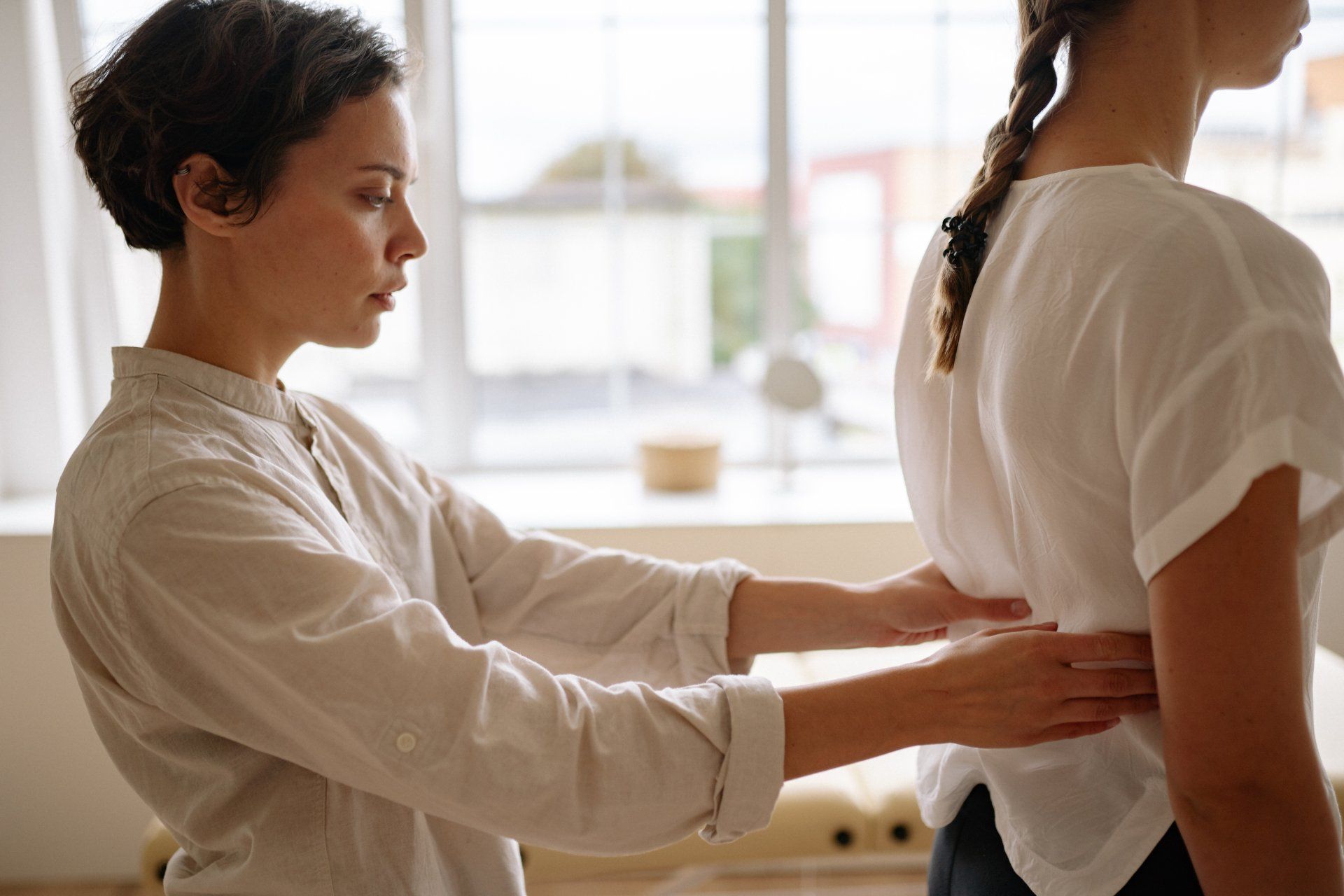Alleviating lower back pain
Lower back pain is a prevalent issue that affects millions of people worldwide. Whether it stems from a sedentary lifestyle, poor posture, or an injury, the impact on one's quality of life can be significant. As physiotherapists, we’ve witnessed first hand the transformative effects of targeted exercises in managing and even alleviating lower back pain. In this blog, we'll explore the mechanics of lower back pain and delve into the exercises that can be instrumental in its relief.
The lower back, or lumbar region, is a complex network of bones, muscles, ligaments, and nerves. When any of these components are strained, it can lead to pain and discomfort. Common causes of lower back pain include muscle imbalances, bulging discs (herniated discs), poor posture, and even stress. In some cases, lifestyle factors such as prolonged sitting or heavy lifting exacerbate the issue.
Engaging in regular, targeted exercises can be a game-changer for those struggling with lower back pain. Not only do these exercises help to strengthen and stabilise the muscles in the lower back, but they also improve flexibility, posture, and overall mobility. Here are some exercises that we often recommend to our patients:
1. Core Strengthening
A strong core is fundamental in supporting the lower back. Exercises to target the abdominal muscles, obliques, and lower back muscles, provide a stable foundation for the spine.
2. Flexibility and Stretching
Regular stretching exercises can alleviate tension in the lower back. Incorporate stretches for the hamstrings, hip flexors, and lower back itself. Yoga and Pilates are also excellent practices that focus on flexibility and core strength.
3. Strengthening the Glutes
Weak gluteal muscles can contribute to lower back pain. Squats, lunges, and glute bridges are effective exercises to target and strengthen these muscles, which in turn help support the lumbar spine.
4. Aerobic Exercise
Engaging in low-impact aerobic activities like walking, swimming, or cycling promotes blood flow, reduces inflammation, and releases endorphins that can help alleviate pain.
5. Postural Exercises
Exercises that focus on improving posture are crucial in preventing and managing lower back pain. These may include scapular retractions, cervical retractions, and thoracic extensions.
6. Stability and Balance Training
Stability exercises challenge the body's balance, which is essential for preventing future injuries. Utilising tools like stability balls and balance boards can be highly beneficial.
7. Breathing and Relaxation Techniques
Stress can exacerbate lower back pain. Incorporating relaxation techniques, such as deep breathing exercises or mindfulness meditation, can help reduce tension and improve overall well-being.
While exercise is a powerful tool in managing lower back pain, it's crucial to approach it with care and seek professional guidance. Physiotherapists like us can assess your specific condition, develop a tailored exercise programme, and provide guidance on proper form and technique to maximise effectiveness and prevent further injury.
Get in touch with us
here




